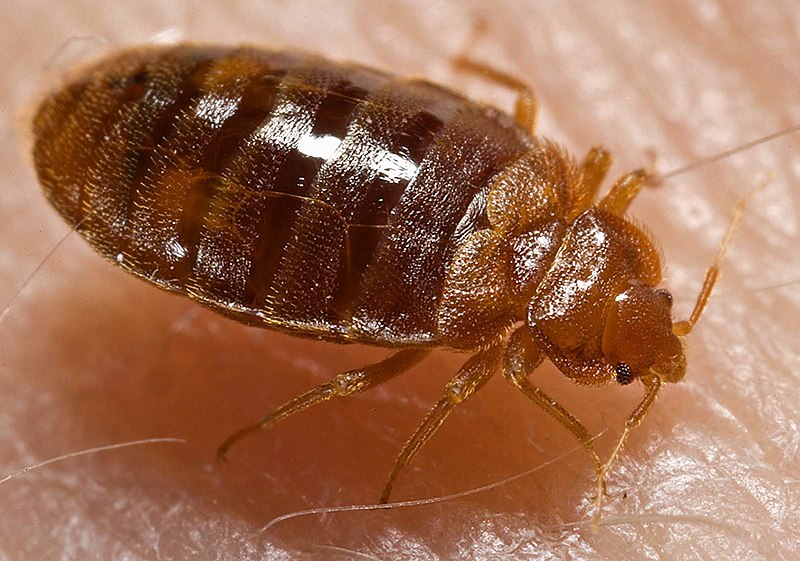ملف:Bed bug, Cimex lectularius.jpg

حجم هذه المعاينة: 800 × 561 بكسل. الأبعاد الأخرى: 320 × 224 بكسل | 640 × 449 بكسل | 1٬024 × 718 بكسل | 1٬280 × 898 بكسل | 1٬600 × 1٬122 بكسل.
الملف الأصلي (1٬600 × 1٬122 بكسل حجم الملف: 161 كيلوبايت، نوع MIME: image/jpeg)
تاريخ الملف
اضغط على زمن/تاريخ لرؤية الملف كما بدا في هذا الزمن.
| زمن/تاريخ | صورة مصغرة | الأبعاد | مستخدم | تعليق | |
|---|---|---|---|---|---|
| حالي | 14:11، 17 مايو 2007 |  | 1٬600 × 1٬122 (161 كيلوبايت) | Patho | == Summary == {{Information |Description=ID#: 9822 Description: This 2006 photograph depicted an oblique-dorsal view of a '''bed bug nymph, Cimex lectularius''', as it was in the process of ingesting a blood meal from the arm of a “voluntary” human h |
استخدام الملف
الاستخدام العالمي للملف
الويكيات الأخرى التالية تستخدم هذا الملف:
- الاستخدام في af.wikipedia.org
- الاستخدام في an.wikipedia.org
- الاستخدام في arz.wikipedia.org
- الاستخدام في ast.wikipedia.org
- الاستخدام في azb.wikipedia.org
- الاستخدام في be.wikipedia.org
- الاستخدام في bg.wikipedia.org
- الاستخدام في bjn.wikipedia.org
- الاستخدام في bn.wikipedia.org
- الاستخدام في bs.wikipedia.org
- الاستخدام في ca.wikipedia.org
- الاستخدام في ca.wikiquote.org
- الاستخدام في ca.wiktionary.org
- الاستخدام في ceb.wikipedia.org
- الاستخدام في cs.wikipedia.org
- الاستخدام في cv.wikipedia.org
- الاستخدام في dag.wikipedia.org
- الاستخدام في de.wikibooks.org
- الاستخدام في din.wikipedia.org
- الاستخدام في el.wikipedia.org
- الاستخدام في eml.wikipedia.org
- الاستخدام في en.wikipedia.org
- الاستخدام في en.wikinews.org
- الاستخدام في en.wiktionary.org
اعرض المزيد من الاستخدام العام لهذا الملف.

